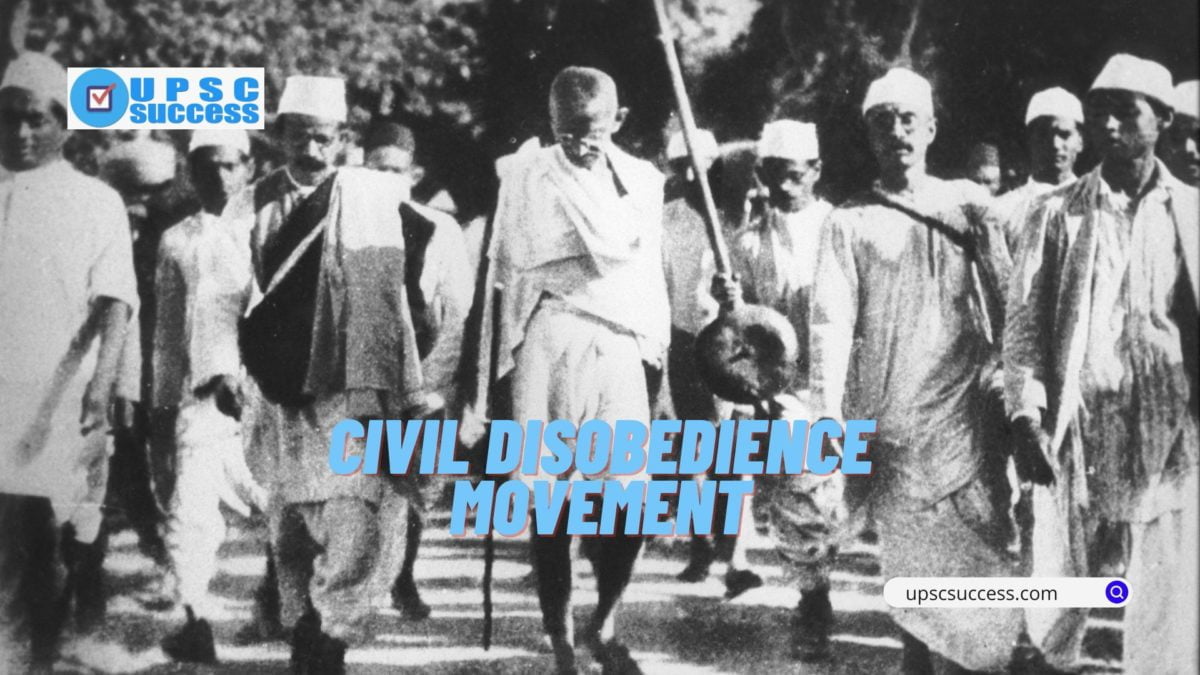Contents
• The Lahore Congress of 1929 had given the mandate to launch the civil disobedience movement along with the non-payment of taxes.
• Mahatma Gandhi presented his 11 demands to the Viceroy Lord Irwin and gave him the ultimate of January 31, 1932, to accept his 11 demands.
• In Tamil Nadu, C. Rajgopalchari led a march similar to the Dandi march from Trichinopoly to Vedaranyam.
• In Dharsana, in Gujarat, Sarojini Naidu, led non-violent satyagrahis in a march to the salt depots owned by the government.
• Khudai Khidmatgars movement, led by Khan Abdul Ghaffar Khan, also known as Badshah Khan and the “Frontier Gandhi,” nonviolently mobilized to oppose the British in India’s Northwest Frontier Province.
FAQs
The Civil Disobedience Movement launched in 1930 under MK Gandhi’s leadership, was one of the most important phases of India’s freedom struggle.
Mahatma Gandhi ji launched the Civil Disobedience Movement because Lord Irwin ignored Gandhi’s eleven demands including the abolition of the salt tax. Gandhiji started a civil disobedience movement with the famous Dandi March.
Question / Answers
Which of the following was one of the eleven demands of MK Gandhi before the Civil Disobedience Movement?
A. Reduce expenditure on the military and civil administration by 50 per cent.
B. Change Arms Act allowing popular control of the issue of firearms licences
C. Only A
D. Both A & B
Ans. D
Who led a salt march from Trichinopoly to Vedaranniyam on the Tanjore coast in Tamil Nadu?
A. Surya Sen
B. K Kelappan
C. P Krishna Pillai
D. C. Rajagopalachari
And. D
In which of the following session Indian National Congress passed the resolution of Fundamental Rights and the Economic Policy?
In which of the following session Indian National Congress passed the resolution of Fundamental Rights and the Economic Policy?
A. Karachi Session of March 1931
B. Bombay Session of August 1942
C. Delhi Session of September 1938
D. Lahore Session of July 1930
Ans. A

